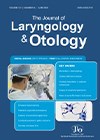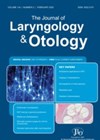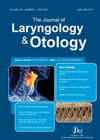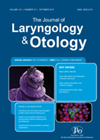
Journal Reviews
Infection and other factors influencing post-tonsillectomy haemorrhage
In this detailed narrative review article, the authors have addressed several factors which could be related to postoperative bleeding after tonsillectomy. As regards to microbiology, the significance of micro-organisms present both on surface and within the tonsils is emphasised and...
Is there evidence to support early discharge of patients with tonsillitis, quinsy and epistaxis?
The COVID-19 pandemic, with its unprecedented pressures on the NHS, demands changes in the management of common ENT emergencies. In this review article, information has been gleaned from 22 relevant articles on how this can be done. The Portsmouth tonsillitis...
A new criterion for diagnosing chronic tonsillitis?
It is essential to establish the diagnosis of recurrent tonsillitis in patients undergoing tonsillectomy. This is based mainly on history which itself can be inaccurate and is supported by clinical findings which are not truly specific. There seems to be...
Helicobacter pylori and chronic tonsillitis
Helicobacter pylori infection in the stomach has long been associated with chronic gastritis, duodenal and peptic ulceration and even gastric cancer. Whether laryngopharyngeal reflux (LPR) brings up these organisms and induces chronic tonsillitis is an interesting concept, which the authors...









